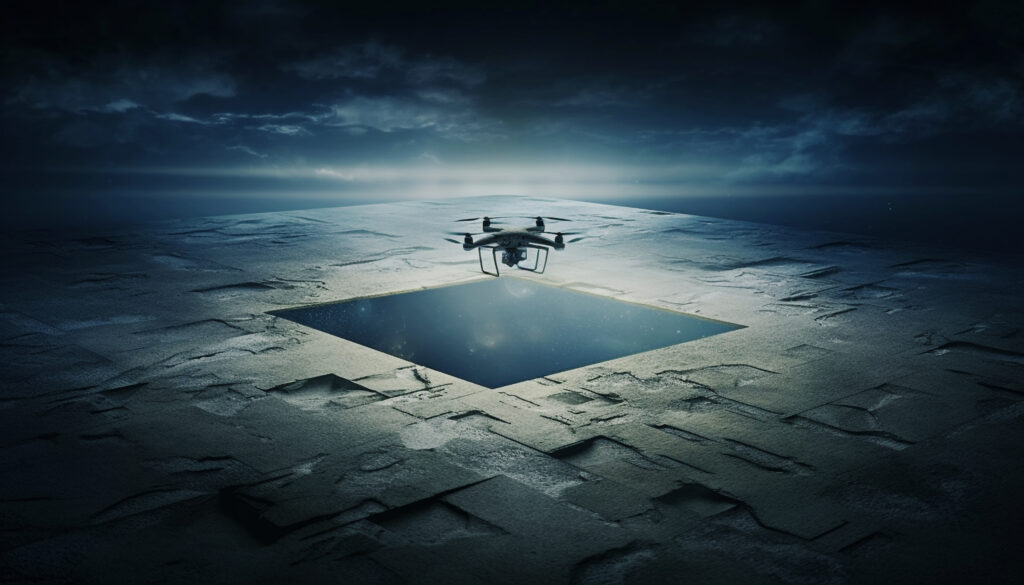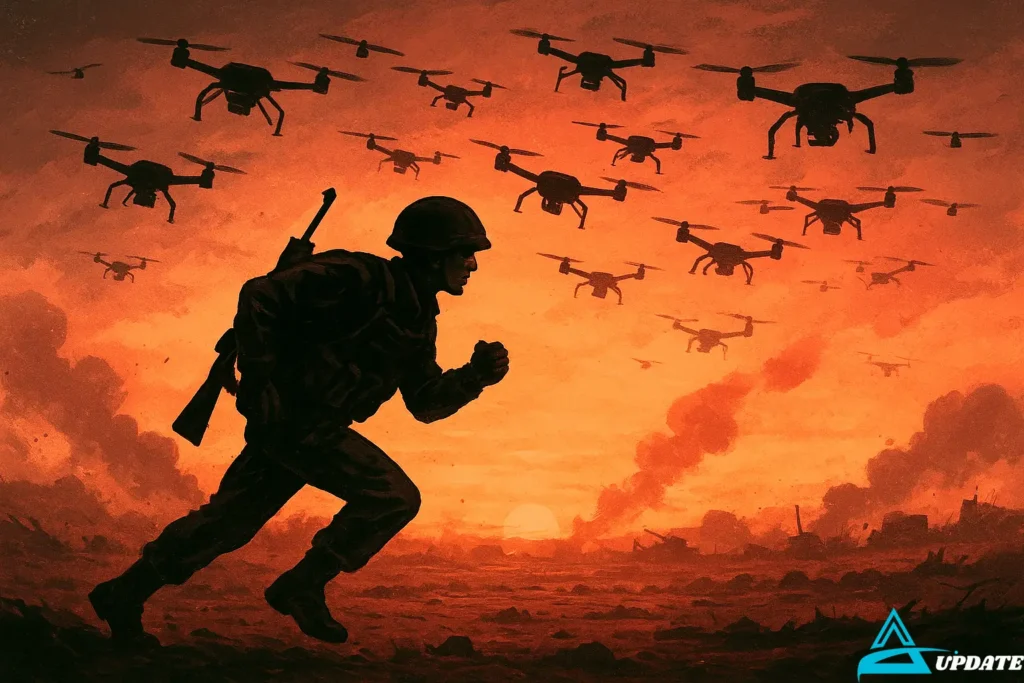The war in Ukraine has been full of surprises. One of the biggest? How quickly drones have gone from being tools of hobbyists to weapons that can shape entire battles. In the beginning, Ukraine was strapping cameras—or sometimes even grenades—onto store-bought quadcopters. Crude, yes, but effective enough to get the job done. That worked for a while, until Russia poured in jammers and anti-drone systems that made those little machines less useful, sometimes even useless.
Instead of giving up, Ukraine doubled down. The next step was swarms—AI-driven groups of drones that don’t need constant hand-holding from an operator. They fly together, think together, and, in some cases, fight together. It’s not science fiction anymore; it’s happening right now over Ukrainian skies.
Why swarms are different
The big shift is this: no single pilot is calling the shots for every move. Each drone is running its own algorithms, talking to the others, and adjusting on the fly. Knock out a few, and the rest just keep going. That resilience makes them harder to stop and quicker to react than traditional drones.
They can:
- Chart their own routes and dodge obstacles.
- Spot and prioritize enemy targets with surprising accuracy.
- Split up and attack multiple sites instead of dogpiling one.
- You might keep going when losses rise.
It feels like watching a flock of birds. Only this flock carries explosives and knows exactly what it wants to hit.
How Ukraine puts them to work
Ukrainian units have used swarms in several ways—some obvious, some clever. Reconnaissance is the most straightforward: swarms can sweep across terrain and beam back live images far more efficiently than a single drone. Others are weaponized, striking ammo depots, artillery, or command centers in synchronized waves. And then there’s electronic warfare, where drones are programmed not to blow things up but to scramble communications or blind radar systems.
Another twist? Ukraine sometimes sends swarms after Russian drones. It’s drone versus drone combat, something that would have sounded ridiculous a few years ago.

Western help in the background
Ukraine hasn’t done this alone. Western governments, private tech firms, and even volunteer engineers have had a hand in pushing this technology forward. Money has poured in, but so has research, training, and specialized hardware—thermal cameras, processors, and so on. You can almost think of Ukraine as the live testing ground, while labs and startups abroad feed in the upgrades.
But it’s not perfect
All that said, AI swarms aren’t a magic bullet. Russia has thrown a lot of resources into electronic countermeasures, and the cat-and-mouse game continues. There’s also the risk of hacking or manipulation, which could turn a strength into a weakness. On top of that, making and maintaining swarms at scale is a massive logistical challenge for a country under constant bombardment.
And let’s not skip the bigger ethical questions. When a machine decides where to strike, who’s accountable? That debate isn’t going away anytime soon.
Final thought
Whether people like it or not, this is the future of war. Drones are cheaper than jets or tanks, and when powered by AI, they can be just as effective—sometimes more so. Nations will rush to build counter-swarm defenses. Smaller countries, maybe even non-state groups, will eventually have access to this tech. That’s both fascinating and frightening.
For Ukraine, though, the calculation is simple: swarms help close the gap with Russia. AI drone swarms aren’t coming. They’re here. And they’re changing the way wars are fought—right now, above Ukraine.

